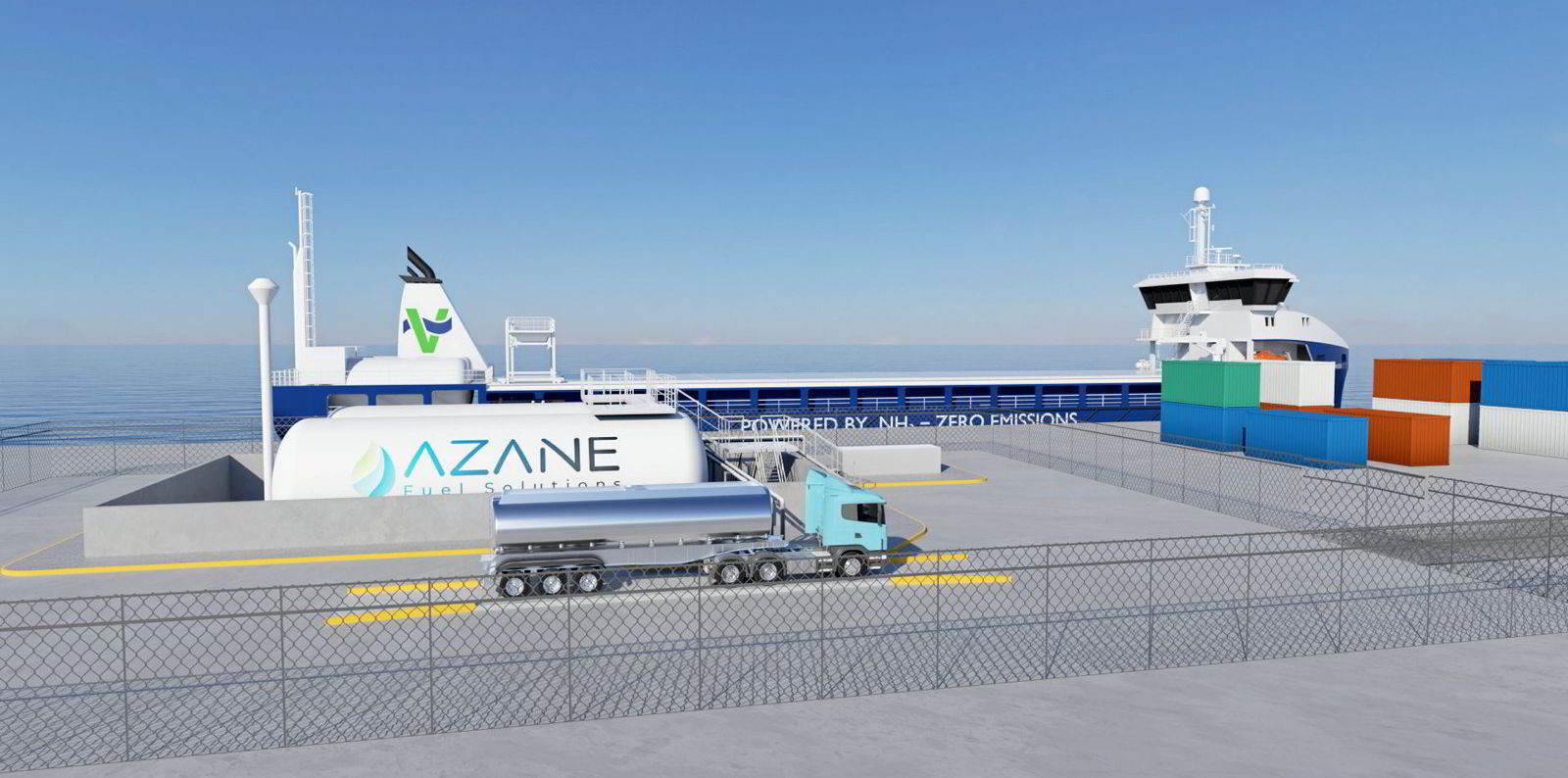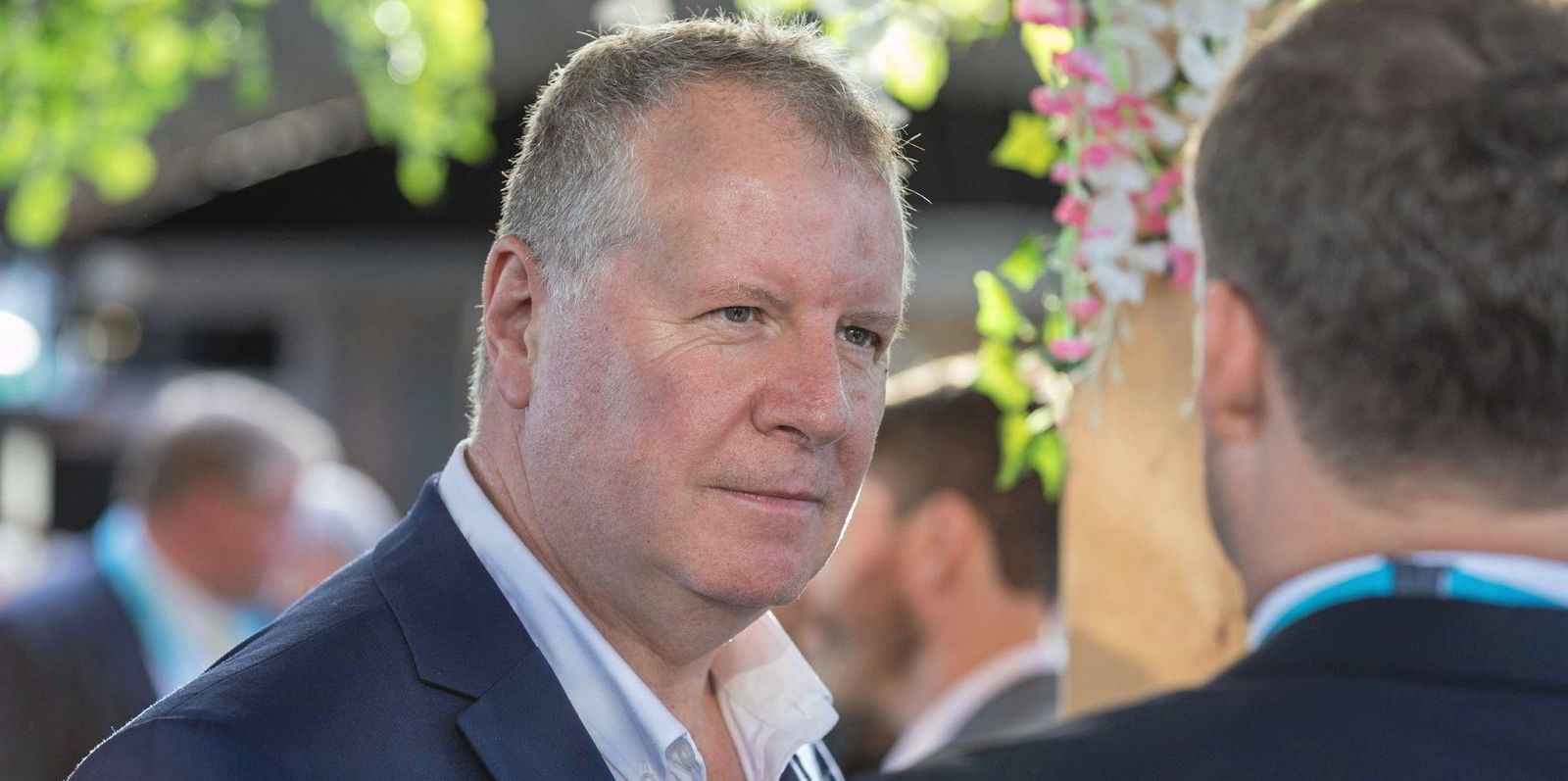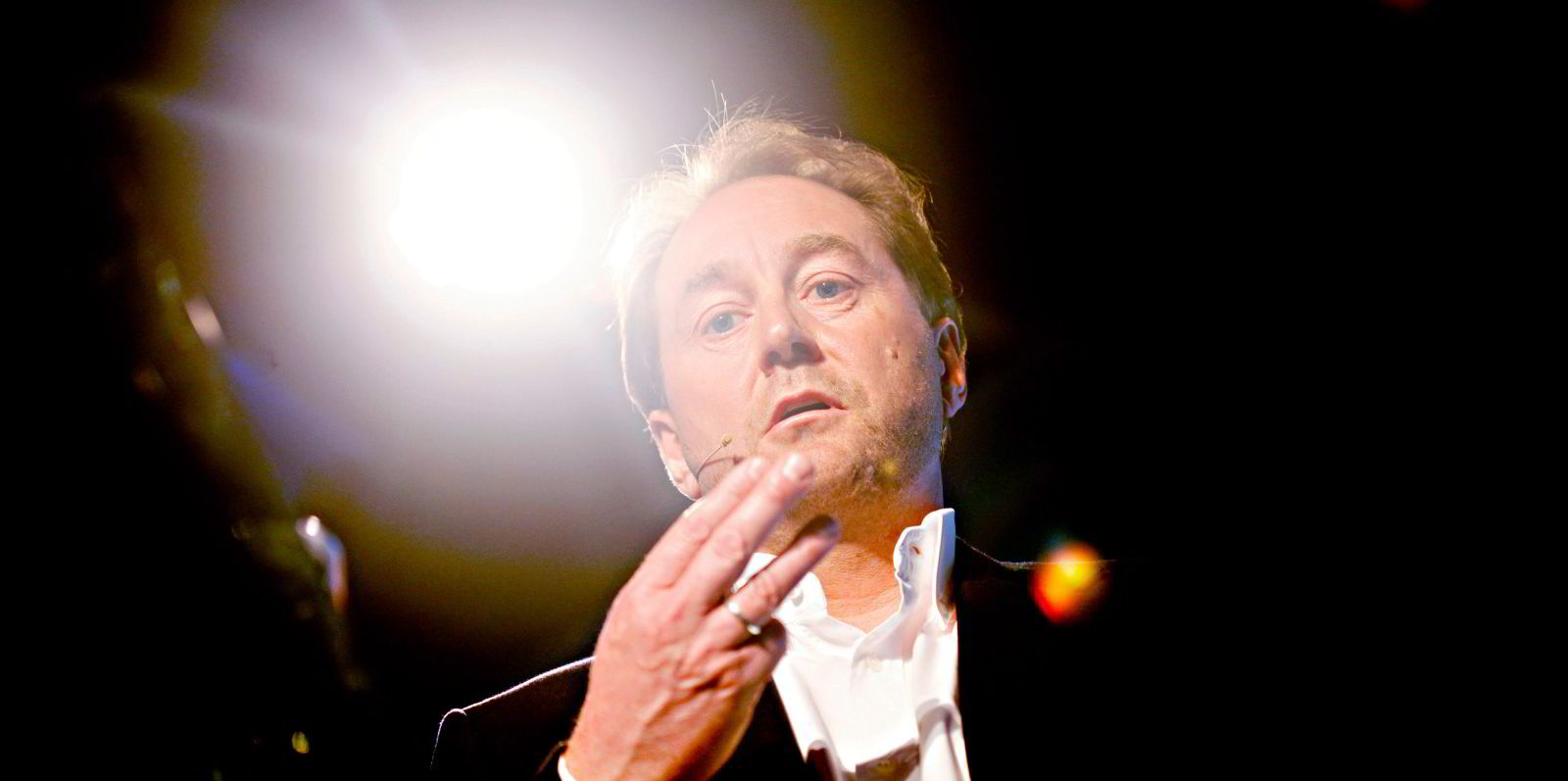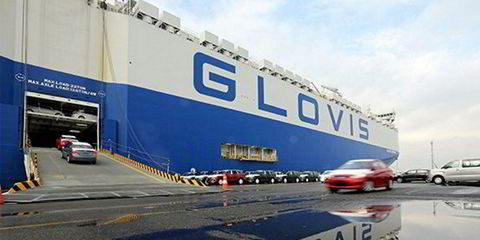Two Norwegian companies have teamed up in the race to provide the first ammonia bunkering terminals for the new generation of green ships expected to hit the water over the next few years.
Decarbonisation company Amon Maritime and technology group ECONNECT Energy have formed a joint venture — Azane Fuel Solutions — to capitalise on what they see as significant commercial opportunities in the sector.
The new systems and infrastructure solutions will be capable of receiving fuel from ships, trucks and barges, in refrigerated or pressurised state.
Amon is co-owned by shipowner Mosvolds Rederi, and these two companies are working with Navigare Logistics to build a fleet of shortsea ammonia bulkers for their joint venture, Viridis Bulk Carriers.
But the 50:50-owned terminal venture will not be limited to the group's own new ships.
Andre Risholm, chief executive of Amon Maritime, told TradeWinds that the aim is to have shore terminals established in 2023, when the first Viridis vessel arrives.
“We will start to see the first ammonia ships in 2023, and many more will be coming in 2024 and 2025 onwards,” he said.
Risholm added that the company is trying to avoid the “chicken and egg” dilemma of having vessels but no bunkering facilities, or having the fuelling stations but no ships.
"We are trying to work on both ends at the same time," Risholm said. "If we can build a bunkering terminal for ships that hit the water before Viridis that's great, we want to do it."
No time to waste
ECONNECT chief executive Morten Christophersen said: "The world doesn't have time to wait, we just need to run with it. We are ready at Azane, we want to get the first one up and running as soon as possible. There's no time to waste."
Risholm said ammonia is a different substance to other fuels, but has most in common with LNG.
It is a gas at ambient temperature and pressure, but Azane will transfer it as a liquid.
However, ammonia does not have to be cooled as much as LNG — minus 33C is sufficient.
"It's also quite highly corrosive, so the material choice for tanks, pipes etc needs to be of a certain quality that differs from LNG," Risholm said.
Existing LNG facilities could be converted, but he added that quite a few components would need to be changed.
Safety above all
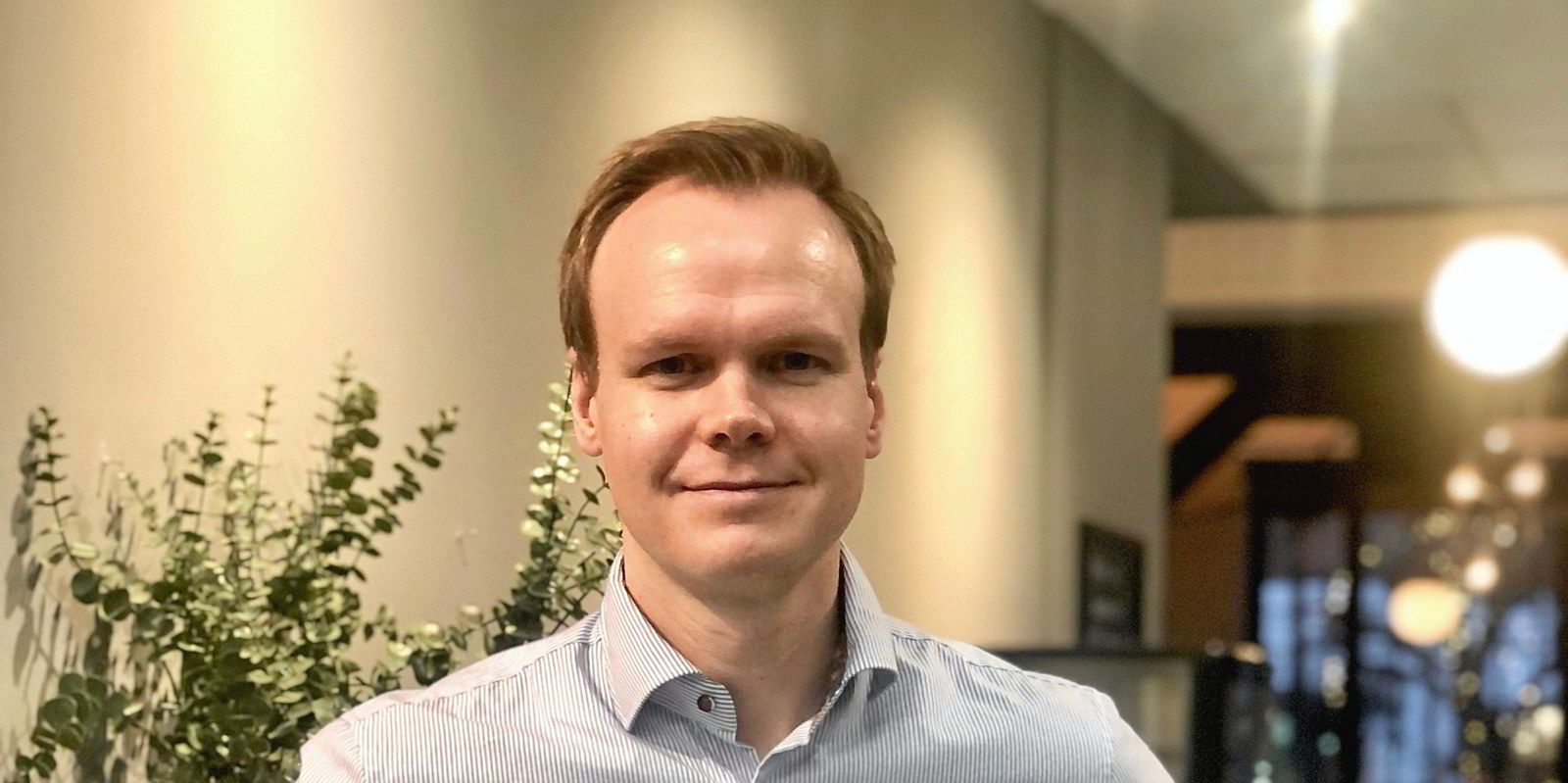
Risholm said safety considerations are also important due to ammonia's toxicity, and Azane is carrying out its own risk assessments.
"We want to go out and build for whoever wants it," he said. "Northern Europe is an early adopter usually, maybe especially Norway."
Azane will design and build the infrastructure, with the first facility planned for Norway. Two unnamed port companies are confirmed as partners.
Karl Arthur Braein, chief commercial officer and co-founder of Amon Maritime, said the first location is important.
"There's no need to build in Timbuktu because no ships are going to go there," he said.
"You will need to build several of these in Norway but also down in continental Europe, and then it will spread across the world."
Risholm said there is a lot of interest in ammonia as a marine fuel and many new entrants on the production side, which has been dominated by fertiliser companies until now.
"We saw a gap in the last leg of distribution," he said. "We didn't see anyone working exactly with that."
Azane's aim is to devise a standardised, simple terminal design.
Simplicity is the key
Risholm said: "As simple as possible, but not simpler than that, that's the engineering goal of course."
Risholm believes that if Viridis and other operators can establish a supply in a port, then operations can be planned around it and a network built up from there.
He also foresees bunkering vessels being used in hubs such as Singapore and Amsterdam, but Risholm said Azane will start on a small scale and work up from there.
ECONNECT already has floating mooring platforms — the IQuay — for the transfer of LNG, removing the need for fixed jetties. The first IQuay was built and delivered to Spain’s Naturgy in 2017.
In May, this unit made another transfer of Gasum volumes from Risavika, Norway, on board the Finnish company's 15,600-cbm chartered LNG carrier Coral Energy (built 2012).
These were sent ashore to the Heroya terminal in Norway, which is normally supplied by truck.
Christophersen said this technology is ready for ammonia as well, as it is ideal for the early years of the shift to ammonia fuel.
